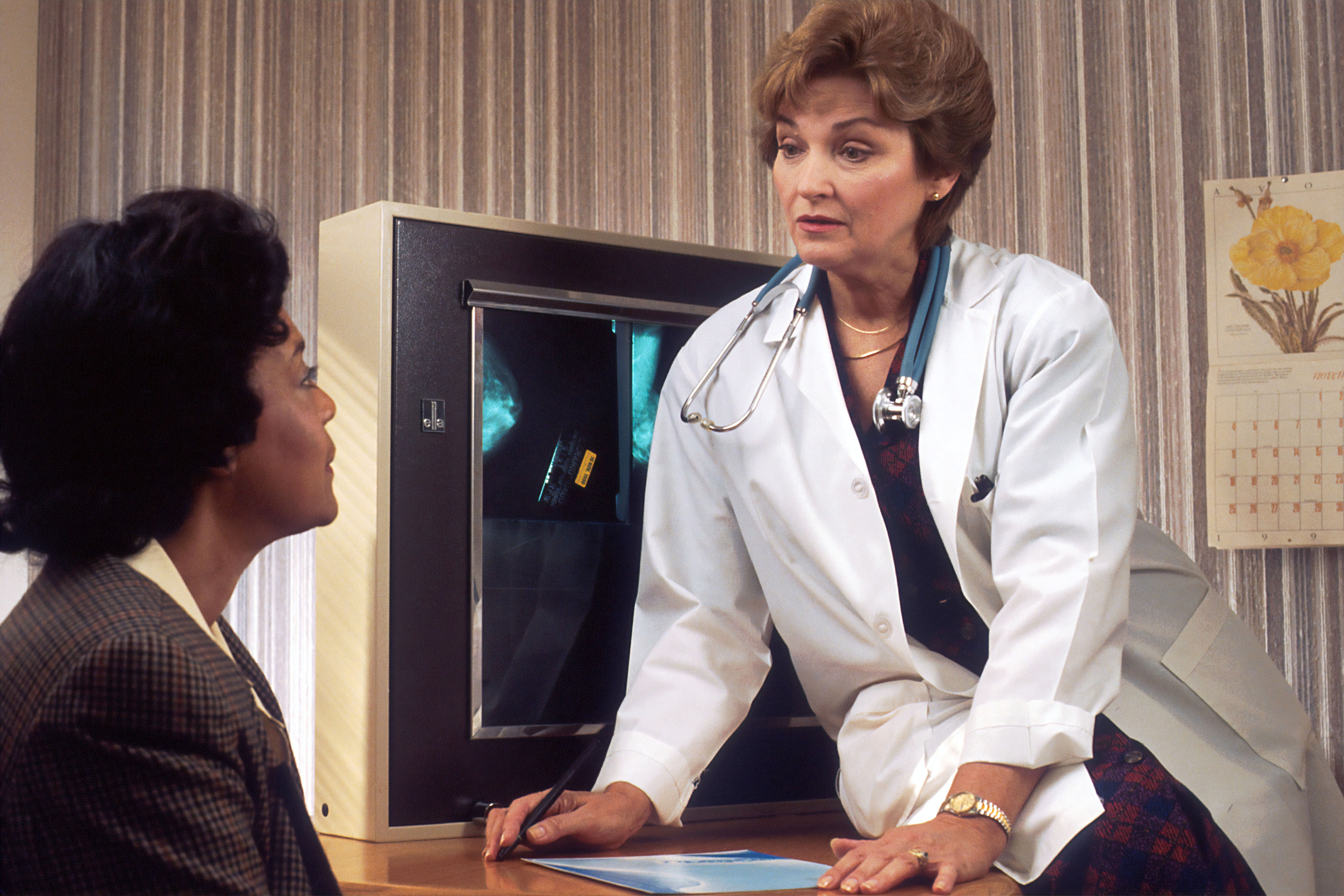Communication in Hospital-Based Antimicrobial Stewardship
Social identity plays an important role in how antimicrobial stewards see their roles and influences how they communicated with prescribers.

Antimicrobial stewardship is a paramount issue that needs greater recognition and effort in order to combat preventable bacterial infections.
And the people that take on the role of antimicrobial stewards within their hospitals and medical centers need to realize how they view their position within the social context of their healthcare organization influences how they approach communication with providers who prescribe medication.
This important finding, was presented as a study, “The Impact of Social Role Identity on Communication in Hospital-Based Antimicrobial Stewardship,” virtually at The Society for Healthcare Epidemiology of America (SHEA), "Science Guiding Prevention," conference this week.
The investigators conducted interviews with 58 antimicrobial stewards, which included 25 physicians and 33 pharmacists at 10 hospitals. The breakdown of the types of institutions included 4 academic medical centers, 4 community hospitals, and 2 children's hospitals.
In looking at the interviewees’ responses, there appeared to emerge a dichotomy between those stewards who felt inclusive and fostering a team environment and those who felt like outsiders.
“Respondents who felt empowered in their interactions with prescribers explicitly adopted a social identity that conceptualized stewards and prescribers as being on the "same team" with shared goals (in-group orientation),” the investigators wrote. “Drawing on the meaning conferred via this social role identity, respondents engaged in communication strategies to build and maintain common bonds with prescribers.”
Within this group, the stewards worked with the clinicians and the former developed strategies to communicate with the latter. These strategies included a number of things, “moderating language to minimize defensive recommendations when delivering stewardship recommendations, aligning the goals of stewardship with the goals of the clinical team, communicating with prescribers about things other than stewardship, compromising for the sake of future interactions, and engaging in strategic face-to-face interaction.”
For the group that felt more like outsiders, the respondents said they felt more of "us versus them" mentality, and the contentious atmosphere led to a less than desired communication between stewards and prescribers.
“These respondents expressed deference to hierarchy, a reluctance to engage in face to face interaction, a feeling of cynicism about the impact of stewardship, and a sense of low professional accomplishment within the role,” the investigators wrote.
The steward’s role needs to be built upon the significance of what they are doing with assistance from and understanding from peers and encouragement from superiors. “Social role identity in stewardship is shaped by the influence of mentors and colleagues, indicating the importance of supportive relationships for the development of steward skill and confidence,” the investigators wrote.
